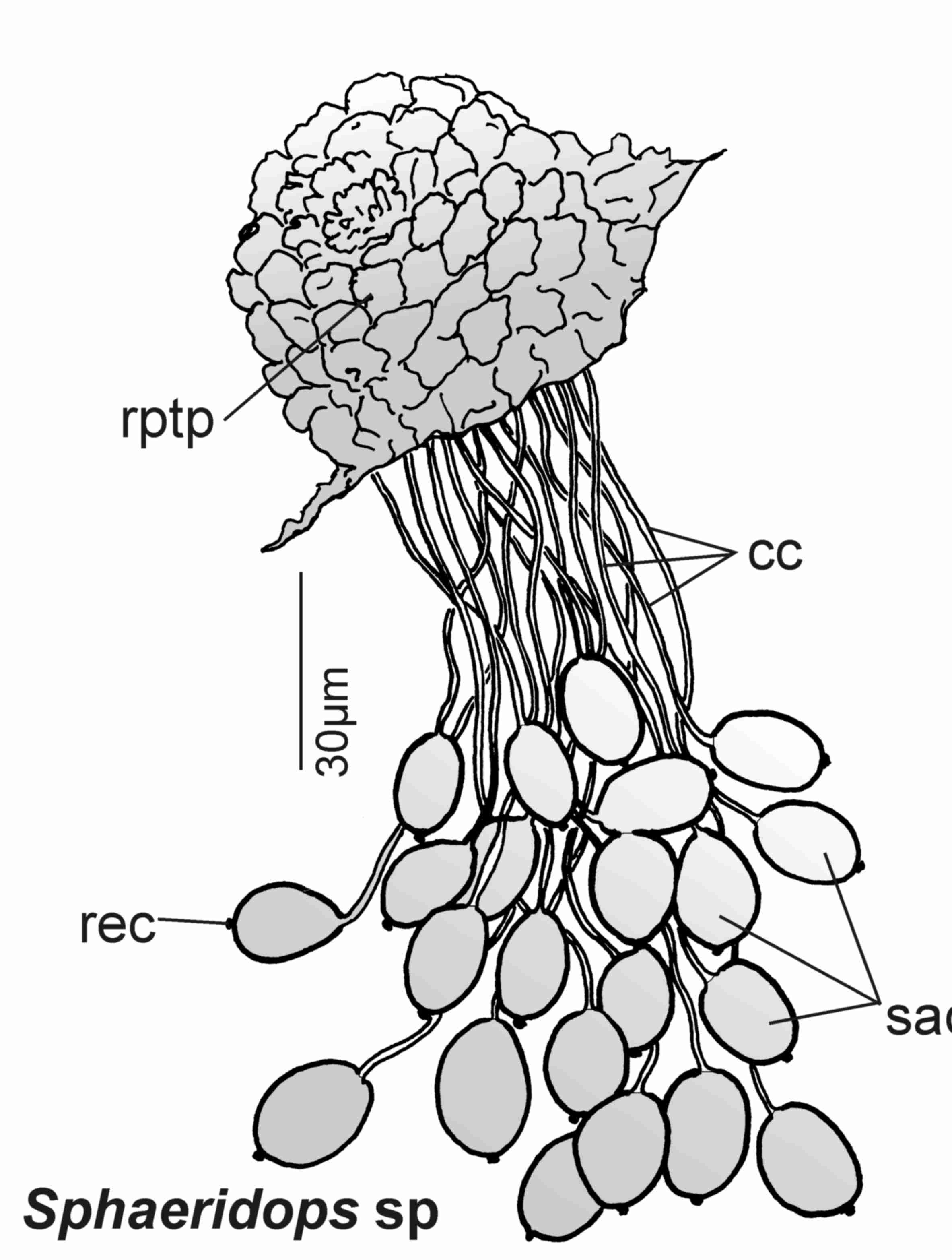Comparative and functional morphology:
glands and more

Our lab continues to focus on the exploration of poorly studied morphological character systems for implementation into phylogenetic analyses of Reduviidae, Dipsocoromorpha, and other Heteroptera. One of the central character systems PI Weirauch studied during her PhD were various types of glands, leading to the discovery of several new glands on different body parts and the documentation of glands and associated structures across Reduviidae (Weirauch 2003, 2004, 2005, 2006a-d, Weirauch and Cassis 2007). The functions of many of these glands are unknown, but they may be used in intraspecific communication in addition to defensive behaviors and predation (e.g., Aldrich 1988). So-called "sticky glands" on the legs in certain Harpactorini self-produce sticky substances that are thought to facilitate prey-capture (Zhang and Weirauch 2013) and are restricted to a relatively small clade of Harpactorini restricted to the New World (Zhang and Weirauch 2014, Zhang et al. 2015).
Genitalic features are widely used in certain groups of insects to delimit species, but also to inform phylogenetic relationships. True bugs are no exception, especially in groups such as Miridae where genitalic dissections and illustrations are part of standard species descriptions. Male and female genitalic features are increasingly used in delimiting species of Reduviidae (e.g., Forthman et al. 2016, Weirauch et al. 2015) and are extremely important in Dipsocoromorpha (Weirauch and Frankenberg 2015). In addition to external male and female genitalic structures, our lab also investigates internal features such as the female spermatheca.
